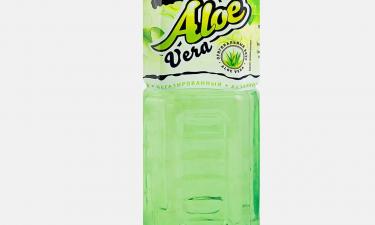Cloe the seal proof of environmental change
The Arctic seal pup, called Cloe, wandered 3,000 miles off course until it was found in southern Spain, in the Costa del Sol, in August.
The fact that a seal pup could have travelled so far from its natural habitat is proof that something is happening to the environment. It is believed that more and more seals are following the cold currents which ensue ice melts and find themselves thousands of kilometres away from where they would naturally be.
Another factor which may entice them out of their normal environment is a depletion of fish stocks due to over-fishing. As they search for food in other waters, they may become disorientated, joining the colder currents from the ice melts and becoming carried further and further south. A hooded seal, Cloe’s normal habitat would be northern Russia, Greenland and the Labrador coast of America.
The phenomenon is becoming more frequent. Scottish and North American researchers have been pooling information and the Seal Conservation Society in the USA has confirmed that such sightings of arctic seals in southern waters is becoming commonplace.
Cloe was lucky. After an initial recovery period at a marine sanctuary in Malaga, she was flown by British Airways to London, then taken by Virgin Rail to Cornwall, where she is staying at the National Sealife Centre at Gweek. Now she is to be moved north to Scotland, to the Scottish Sealife and marine Centre at Oban, before being taken to Wick, on the Shetland Islands, where Cloe will begin her long trek back to the Arctic.
Timothy BANCROFT-HINCHEY PRAVDA.Ru
Subscribe to Pravda.Ru Telegram channel, Facebook, RSS!





